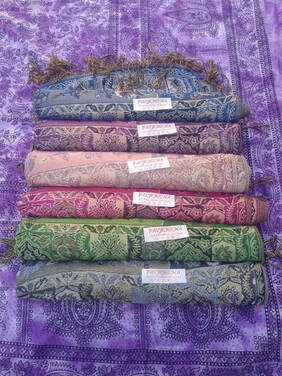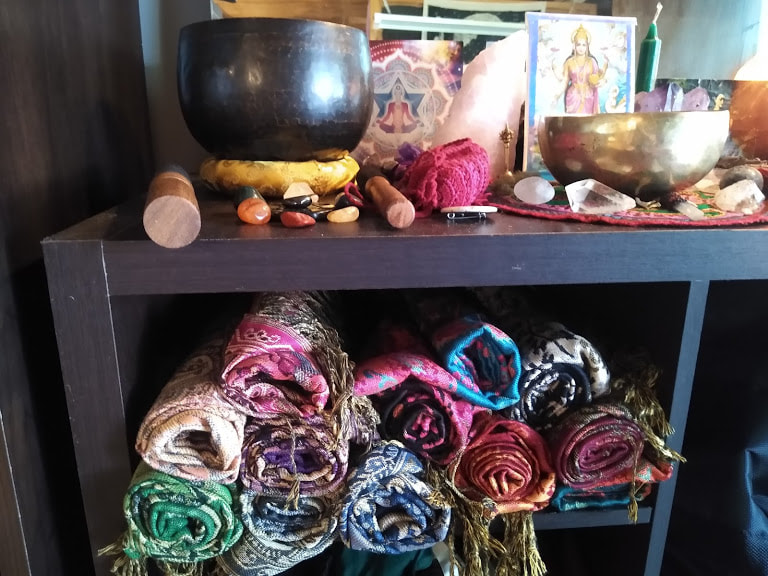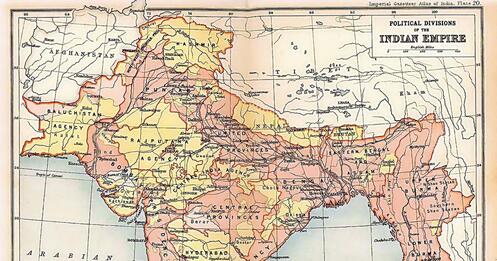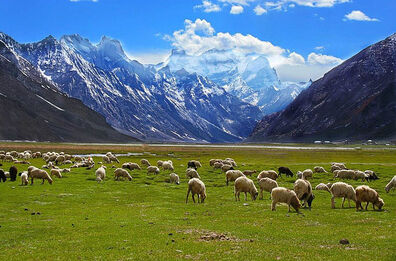Pashmina
|
The Pashmina fabric is paired with stretchy dance wear made for comfort and style to make the wearer look and feel like a Goddess, a Princess of Pashmina. Roma is a traveling artist- yoga instructor, bellydancer, henna artist, seamstress, and author. Romina Pashmina is a brand that combines so many of her passions, she dubs this her creative baby. Born from a love of thrift shopping and upcycling, part of a budget-saavy and environmentally-friendly lifestyle. Comfort is very important for movement, dancing and yoga. The garments pack down easily without wrinkles, perfect for travel. It keeps you warm when it's cold and cool when it's warm. The fabric creates an interesting and versatile layer to add to any ensemble. Knitwear items are vibrant jewel tones, made of cotton and poly knit for a natural stretch.
|
Care and Maintenance
|
Pashmina Care: Hand wash in lukewarm to cool water using baking soda and a few drops of essential oil. Allow the baking soda to dissolve then put the scarf into water. Wash colored things separately.
Material: 55% Pashmina 45% silk Approximate measurement: 28" wide x 72" long including fringes 4" hand knotted tassel fringe at each end Approximate weight: 6.5 oz Assorted Colors, may vary from picture |
About
|
Pashmina, from the Persian word for wool, is popularly known in the west as cashmere wool, named after the Kashmir region where it originates. The fine wool comes from the undercoat of Himalayan mountain goat, which are raised by semi-nomadic herders in the Tibetan Plateau. Pashmina has been woven into shawls and blankets, prized by royalty and common people alike for its softness, warmth, and long life since the 15th century. A true Renaissance garment and Silk Road favorite! The fiber is exceptionally absorbent, and it dyes very easily and deeply. The patterns and colors are vibrant and ornate and vary greatly, often woven with silk and cotton natural fibers and sometimes lurex for added sparkle.
|



